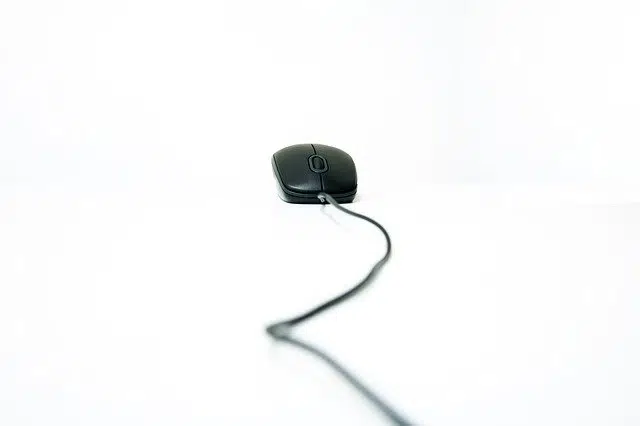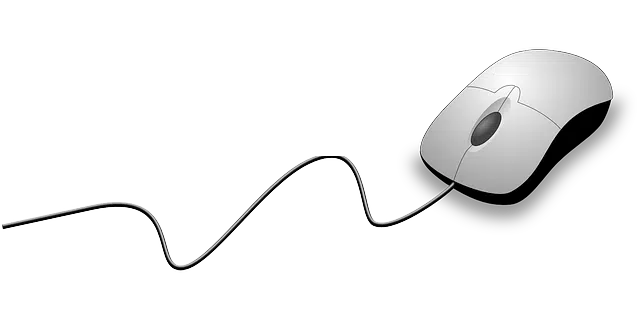
The device that facilitates interaction with a computer is called a mouse.
Mouse is an English word that means mouse . Beyond referring to the rodent (as happens with Mickey , the Disney character who does not need any introduction), the notion of mouse, in Spanish, is understood as the pointing device that allows you to interact with a computer .
Generally, mice are made of plastic and have a mechanism that allows them to detect the movement made by the user in two dimensions: the X axis and the Z axis, which can be translated as lateral translation (from right to left). and advance or retreat . When you move the mouse on a flat surface, said movement is reflected on the screen through a pointer , arrow or cursor .
mouse mastery
It is worth mentioning that there is a particular learning curve when using a mouse for the first time. Young children, as in so many other fields, seem to find it very easy and it is common for them to surpass their elders in skill in a short time. However, for a person of a certain age, who has never been close to technology , it is necessary to overcome certain barriers.
The greatest difficulty lies in understanding that the movement performed on a horizontal surface is translated to a screen, generally in a vertical position. On the other hand, the user must get used to lifting the mouse and repositioning it every time he reaches the edge of the desktop and wants to continue in the same direction .

The mouse is among the most important peripherals.
Using the buttons
In addition to transmitting movement to the screen, the mouse has a minimum of two buttons , which allow the user to select different options, which are specific to each operating system and the program being used. The actions that a person can perform with these keys and the mouse are cataloged and the computer analyzes them at all times to know how to respond; some possibilities are:
click : press one of the buttons and release it immediately, although the time that can be held down is configurable;
double click : same as the previous case, but repeated at an also adjustable time interval ;
hold down;
release : the system must know the exact moment in which a button is released, since there are applications that rely on said event to execute a certain function;
drag : indicates that the mouse is moving while holding down any of the buttons.
Mouse types
Depending on the technology on which they base their operation, there are different types of mouse. Mechanical mice have a plastic ball at the bottom, which moves two wheels according to the displacement on the flat surface, and this is immediately translated into movement information through the X and Z axes, mentioned above.
Optical -type mice, on the other hand, have a sensor at the bottom, which photographs the surface on which it is located and detects variations in the position of the device.
The laser mouse, for its part, is the most sensitive and precise, since it has a high-resolution laser instead of the light beam of optical technology, and it works on a greater variety of surfaces, regardless of their uniformity or the two previous cases.
In recent years, various experiments have been carried out that aim to do without the mouse; Some have been commercialized, such as the EPOC neural helmet , and seek to control applications through the mind . On the other hand, various tools have existed for a long time to give orders and dictate text using voice. Both projects have two sides, since they offer users with physical disabilities the possibility of integrating into the technological world, and they give others new ways of interacting with computers.
